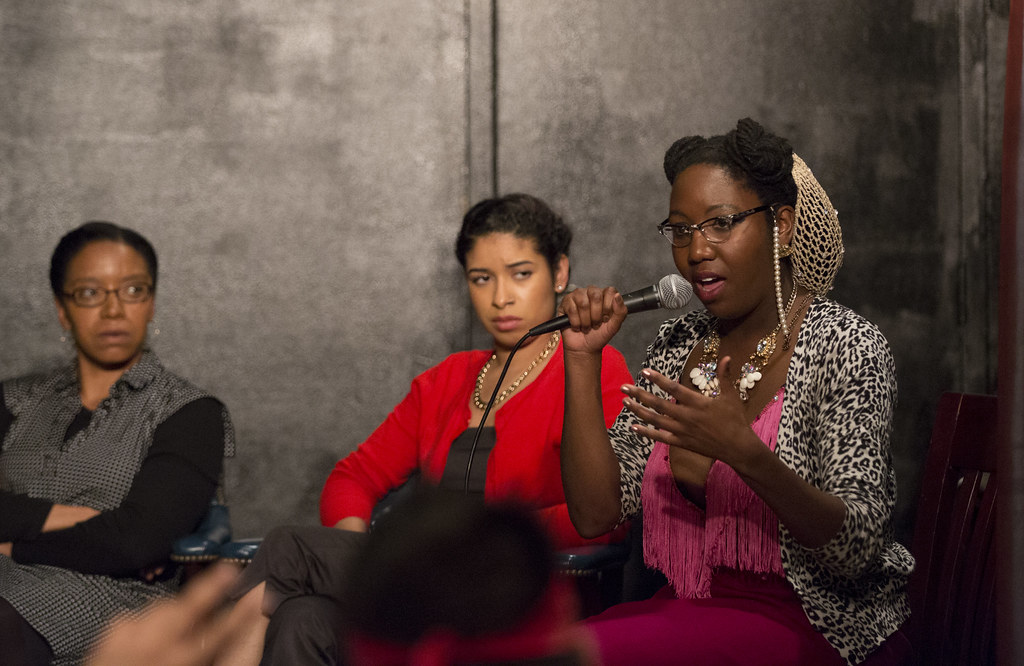Parading across the tightrope of cultural exchange, humanity has often waltzed on a fine, blurry line between cultural appreciation and cultural appropriation. In the vibrant palette of human diversity, cultures are not mere colors to be randomly mixed. They are vast lexicons holding essential stories of history, identity, struggle, and celebration. As we weave these various threads to create the global tapestry, it’s crucial to understand if we are borrowing or stealing, honoring or offending, appreciating or appropriating. Unravel with us as we delve into the intriguing dance between cultural appreciation and cultural appropriation, tracing their subtle distinctions and grave implications.
Cultural appreciation and appropriation might seem similar terms at first glance, but there exists an ethereal line separating the two. Cultural appreciation refers to the respectful engagement with cultures to learn from, draw inspiration, and foster an understanding of the diversity in our world. On the other hand, cultural appropriation is the act of taking or borrowing elements of one culture by members of a different culture, especially when the dominant culture borrows from a culture of people who have been systematically oppressed or colonized. It involves co-opting customs or styles in a way that can strip them of their original context, meaning, and depth.
Cultural Appropriation is not just borrowing or being inspired, it can also create harmful societal impacts. One major consequence is the inadvertent support of stereotypes, often distorting the image of the culture being borrowed. For instance, dressing up as “Native American for Halloween”, complete with feathers and beads, reinforces the stereotype that Native Americans are no more than an outdated, homogenized caricature. Secondly, it often leads to commodification of cultural elements. Certain businesses capitalize on trends they perceive as exotic or cool, devoid of any respect for the origin culture. This not just devalues the original culture but also dilutes the significance of their traditions and customs.
The road to cultural appreciation is about being aware of the origin of the cultural element we seek to adopt or borrow and respecting it. Offering due credit and avoiding stereotypes is crucial. Here are a few guidelines to achieve that:
- Be open to understanding and acknowledging the historical context of the culture.
- Refrain from using cultural elements as costumes or themes for parties.
- Befriend people from different cultures and express genuine interest in understanding their way of life.
- When appreciating a culture, always give credit where it is due.
As we increasingly embrace cultural diversity, it is fundamentally important to do so respectfully. Avoiding the pitfall of cultural appropriation and genuinely appreciating the cultural tapestry requires conscientious efforts. Cultural diversity is a human heritage not to be consumed, but to be understood, respected, and preserved.
Navigating the labyrinth of Cultural Appropriation and Cultural Appreciation takes patience, insight and a desire to foster unity. The line may often seem blurred and ambiguous, requiring a piercing, informed gaze to discern. Nobody wants to unwittingly step on the toes of another culture, just as much as no one wants their culture paraded around as a mere costume. In the face of globalization, homogenization, and cultural evolution, we must educate ourselves on the different shades of cultural interaction.
In the end, it’s not about sequestering cultures and keeping them isolated, it’s about creating a worldwide tapestry where each thread retains its integrity while contributing to a breathtaking global mosaic. It’s about borrowing respectfully, and giving justly. It’s about understanding the difference between appropriation and appreciation, between casual entertainment and reverent recognition. For both individuals and cultures, the aim should always be toward respect and mutual understanding. After all, the world becomes a far richer place when we learn from each other, while honoring the sacredness and individuality of every stitch in our global tapestry. In essence, it’s about appreciating without appropriating.
May we all strive for the wisdom and empathy to learn, share, and grow together, yet let every culture breathe and radiate in its unique, irreplaceable way. With insight, education, and mindfulness, we can transform the discordant notes of cultural appropriation into a harmonious symphony of global appreciation.



















